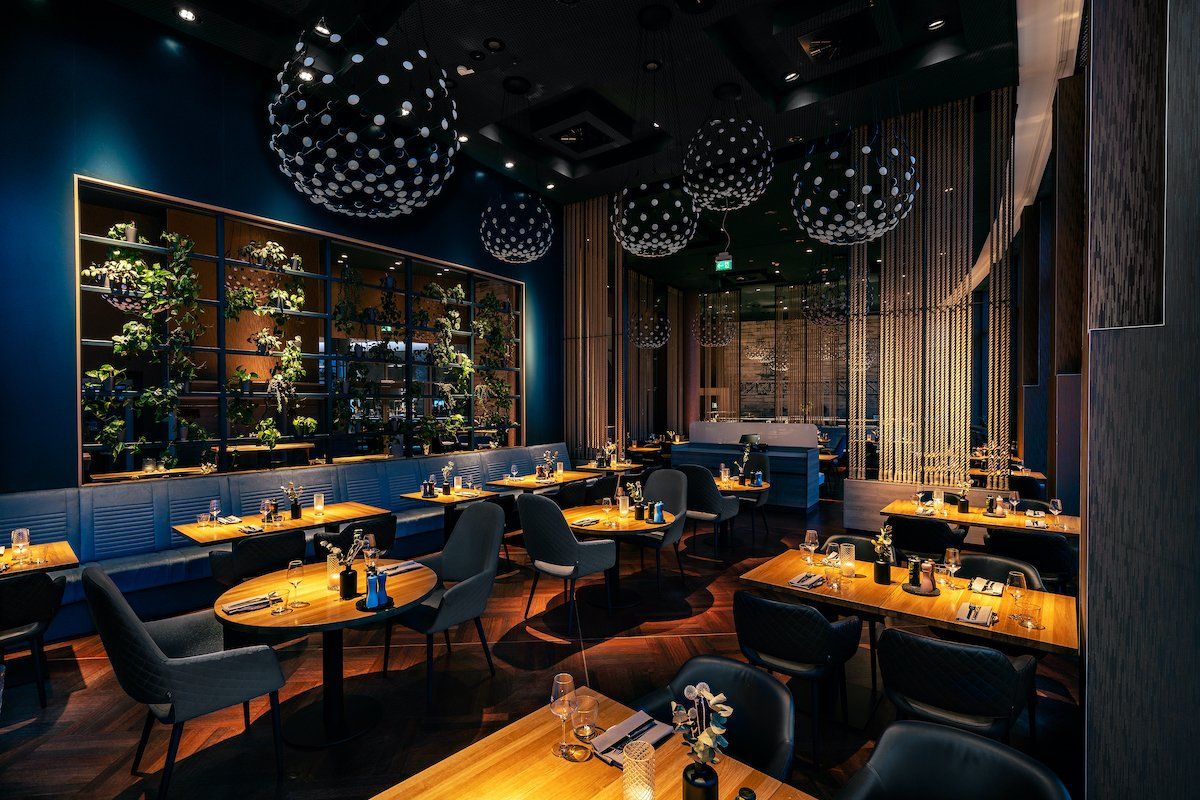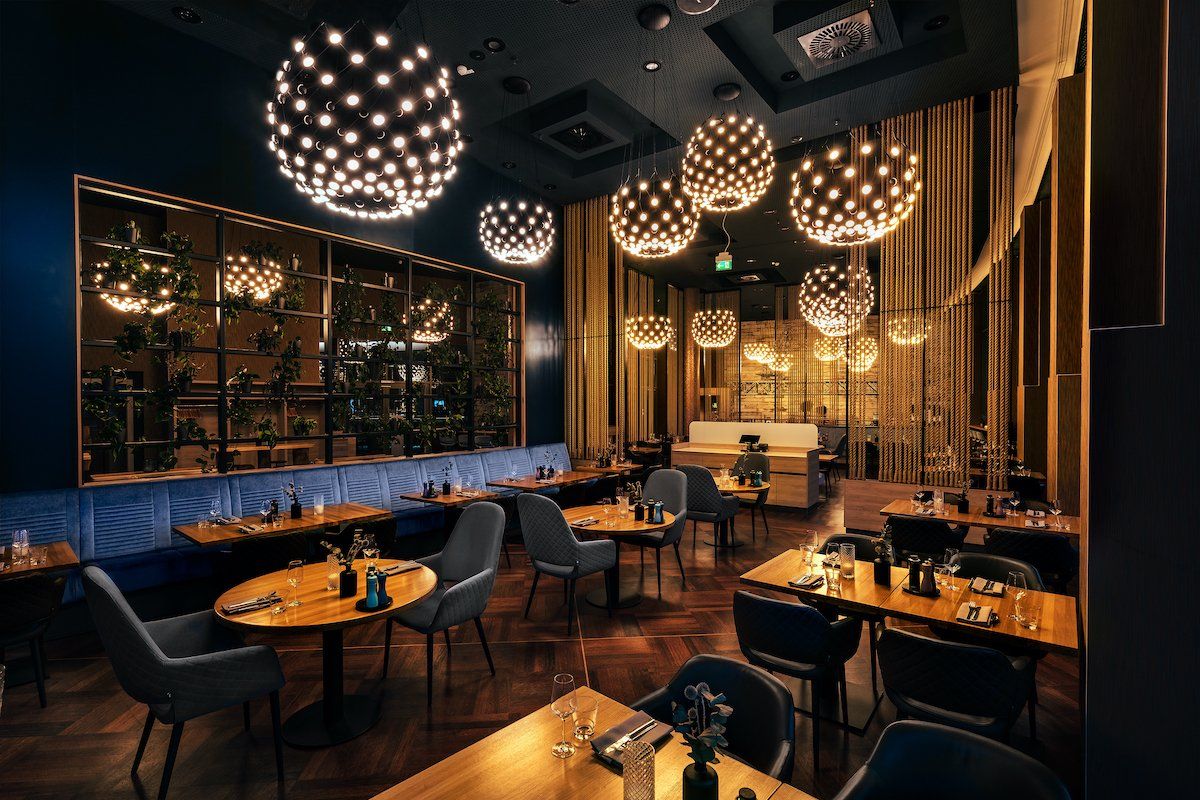Philosophy
Light - the visible bridge
People live in the light and through the light. In nature, sunlight draws the contours of our living spaces and gives life energy. Where natural light is not enough to define spaces, people create another dimension of experience and sensation with artificial light.
Light - natural or man-made - bridges the gap between perception, experience and cognition. Light makes us feel comfortable or uncomfortable, at home or strange, safe or threatened. Light guides us and allows us to guide it. In both a literal and a figurative sense, light is the visible bridge over which every step of our lives leads.
Lighting design makes use of the almost inexhaustible potential of artificial light and daylight, shaping it and directing it in new directions. The lighting designer thus becomes a creative mediator between the design and technical planners, clients and users.
Lighting design captures the function and form of a room. It emphasises the architecture, takes into account economic and ecological factors and enables the practical realisation of lighting design. The standard here is always the perceiving human being.
It is the knowledge of the form-giving character and the great importance of light that forms the space for our work and guides us in the task of building the visible bridge for people.
Perception-oriented lighting design
Perception-oriented lighting design considers people and their needs as an active factor in perception and no longer merely as recipients of a visual environment. Following the concept of qualitative lighting design developed by Richard Kelly (1910-1977), we also see our task as analysing the significance of individual areas and functions. Based on this pattern of significance, it is possible to plan and appropriately design lighting as a third factor - the grammar of light. This requires qualitative criteria and a corresponding vocabulary. This can be used to describe both the requirements of a lighting installation and the functions of light.
Ambient luminescence
The first and basic form of light is referred to as "light for seeing". This element provides general illumination of the surroundings, it ensured that the surrounding space, its objects and the people in it are visible. This form of lighting, which provides for a general possibility of orientation and action, largely coincides with the ideas of quantitative lighting design due to its comprehensive and uniform orientation. Unlike there, however, light for seeing is not the goal but merely the basis of a more far-reaching lighting design. The aim is not to provide blanket lighting of a supposedly optimal illuminance, but differentiated lighting based on the basic level of ambient light.
Focal glow
To achieve differentiation, we distinguish a second form of light, "light for looking". Here, for the first time, light is explicitly given the task of actively helping to convey information. This takes into account the fact that brightly illuminated areas involuntarily attract people's attention. A suitable distribution of brightness makes it possible to order the wealth of information in an environment. Areas of essential information can be emphasised by accentuating the lighting, while secondary or disturbing information can be withdrawn by lowering the lighting level. This facilitates quick and reliable information. The visual environment is recognised in its structures and in the significance of its objects. This applies equally to orientation in the room - e.g. quick differentiation between a main and a side entrance - and to the accentuation of objects, such as the accentuation of furnishing or architectural elements, but also the staging of tables in restaurants, which gives guests a feeling of intimacy and familiarity even in an otherwise large room.
Play of brilliants
The third form of light, "light to look at", results from the realisation that light can not only indicate information but is itself information. This applies above all to brilliant effects produced by point light sources on reflecting or refractive materials. But the light source itself can also be perceived as brilliant. Especially in prestigious rooms, "light to look at" lends life and atmosphere. What has traditionally been achieved by chandeliers and candle flames can also be achieved in a modern lighting design by the targeted use of decorative luminaires. In the context of the aforementioned components of the grammar of light, light to see and light to look at, an attractively designed luminaire no longer has to contribute to the general lighting but is allowed to work on its own in all its beauty and contribute to the interior design as the light to look at.
The result is something to behold...!








